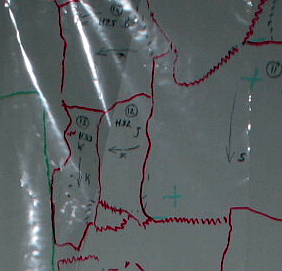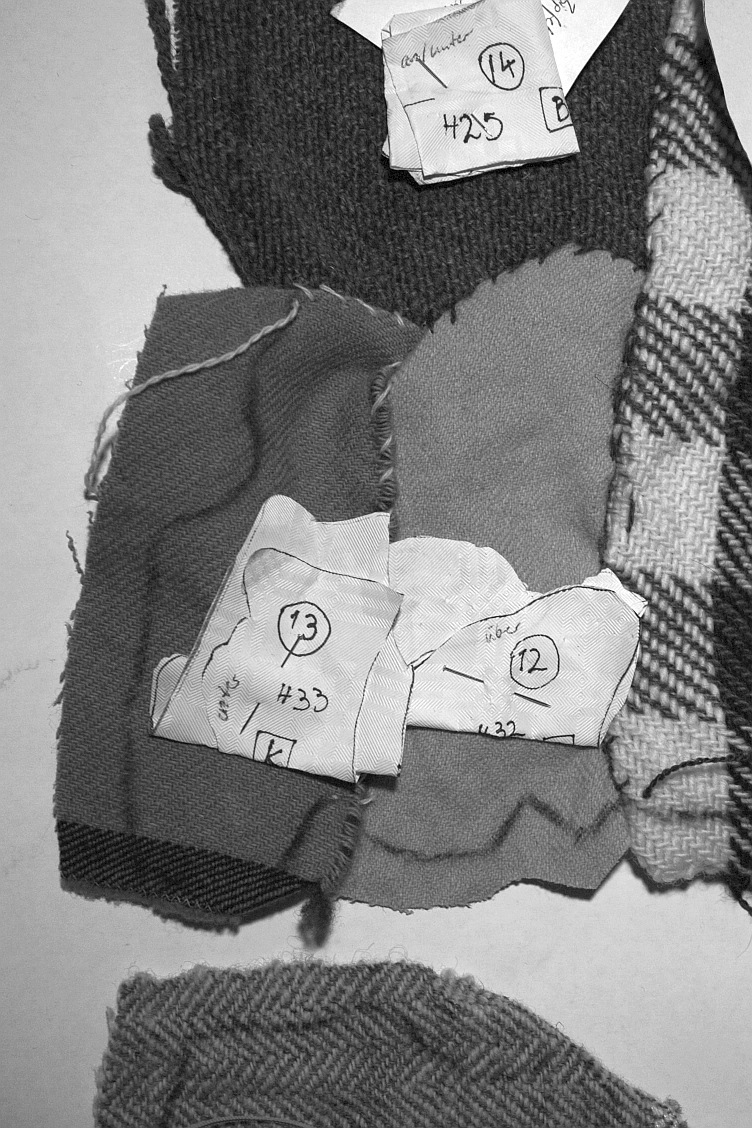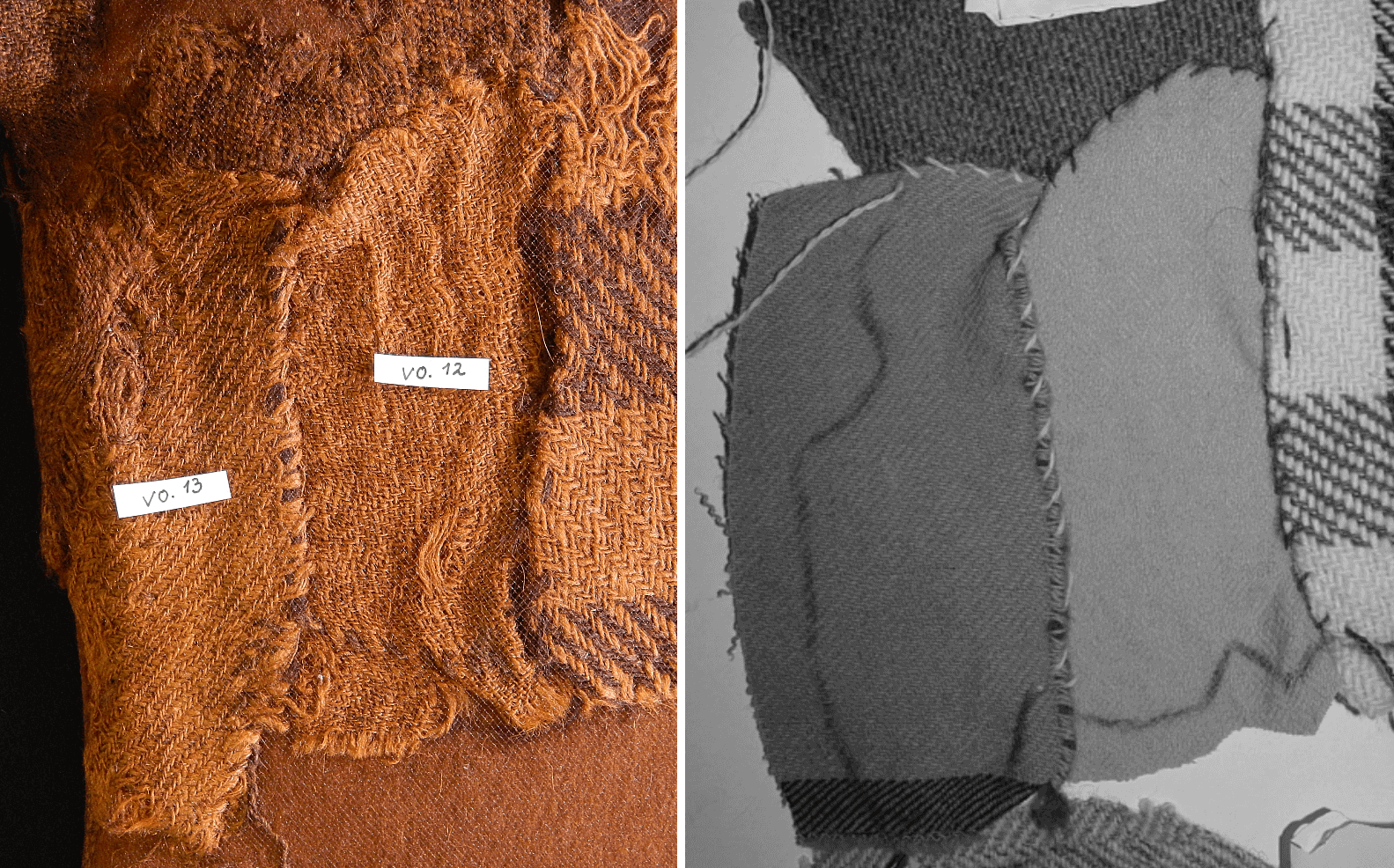Search the Blog
Latest Comments
Beatrix
Experiment!
23. April 2024
The video doesn´t work (at least for me). If I click on "activate" or the play-button it just disapp...
Katrin
Spinning Speed Ponderings, Part I.
15. April 2024
As far as I know, some fabrics do get washed before they are sold, and some might not be. But I can'...
Kareina
Spinning Speed Ponderings, Part I.
15. April 2024
I have seen you say few times that "no textile ever is finished before it's been wet and dried again...
Katrin
How on earth did they do it?
27. März 2024
Ah, that's good to know! I might have a look around just out of curiosity.
I've since learned that w...
Heather Athebyne
How on earth did they do it?
25. März 2024
...though not entirely easy. I've been able to get my hands on a few strands over the years for Geor...
Ridiculous amounts of fun.
Some days, I love my work so much that it borders on the ridiculous... and today (well, yesterday, when you are reading this) is one of them. Definitely.
I'm still working on the Bernuthsfeld tunic reconstruction, and let me tell you: it is utterly interesting, and oodles of fun. It also involves lots of needles and lots of looking at photographs, and a good bit of joy about how the different fabrics all come together into a potpourri of patches.
Piece by piece, the thing is growing. I've started working on it in the back, where there was a fairly good place to get going, with obvious placements of pieces, straightforward seams and not much guesswork or missing pieces. By now, the back is almost complete, the front is almost complete, and I'm getting towards the juicy bits where some actual reconstruction and guesswork are needed.
The process, in principle, is this:
We've taken the outlines of the patches directly from the original, using marker pens on a thin foil, noting the direction of warp threads and making lists of fabrics, sewing threads, seam details and other potentially important bits. Those foil drawings were then turned into paper pattern pieces for each patch, and those served to mark and cut out the fabric bits.
Then there's the list saying which patch lies on top of which, and whether it's a light or a dark sewing thread. There's photos to check for details on the seams, and on how the borders between the pieces look. I also try to catch any unusual stitching in the photo check and, if possible, recreate it.
Here's an example - pieces 12-14, sewn to the side of piece 11 (which is the large checkered breast patch in the front of the tunic). The foil overview of this part looks like this:

which leads to something like this:

The pieces are put into their places, held with pins, and then sewn together according to the lists. I mark them with charcoal or chalk, since these markings will come out easily once it is all finished. I also pin the pattern papers to them for quick and easy reference until every seam around the piece is finished - then the paper goes to the "finished!" stack.
(Yes, this is a black-and-white picture - you're not getting the colours before the museum people do. Sorry.)
and here are the original and the reconstruction in comparison:

You can see that it's close, but not perfect - part of that being due to the very different state the individual fabrics are in, ours not worn at all (yet!) and the original having quite worn fabrics. You can also see the wonderful job our weaver did, down to recreating the weird selvedge with multiple threads in it on no. 13.
And I never thought I'd do patchwork one day!
I'm still working on the Bernuthsfeld tunic reconstruction, and let me tell you: it is utterly interesting, and oodles of fun. It also involves lots of needles and lots of looking at photographs, and a good bit of joy about how the different fabrics all come together into a potpourri of patches.
Piece by piece, the thing is growing. I've started working on it in the back, where there was a fairly good place to get going, with obvious placements of pieces, straightforward seams and not much guesswork or missing pieces. By now, the back is almost complete, the front is almost complete, and I'm getting towards the juicy bits where some actual reconstruction and guesswork are needed.
The process, in principle, is this:
We've taken the outlines of the patches directly from the original, using marker pens on a thin foil, noting the direction of warp threads and making lists of fabrics, sewing threads, seam details and other potentially important bits. Those foil drawings were then turned into paper pattern pieces for each patch, and those served to mark and cut out the fabric bits.
Then there's the list saying which patch lies on top of which, and whether it's a light or a dark sewing thread. There's photos to check for details on the seams, and on how the borders between the pieces look. I also try to catch any unusual stitching in the photo check and, if possible, recreate it.
Here's an example - pieces 12-14, sewn to the side of piece 11 (which is the large checkered breast patch in the front of the tunic). The foil overview of this part looks like this:

which leads to something like this:

The pieces are put into their places, held with pins, and then sewn together according to the lists. I mark them with charcoal or chalk, since these markings will come out easily once it is all finished. I also pin the pattern papers to them for quick and easy reference until every seam around the piece is finished - then the paper goes to the "finished!" stack.
(Yes, this is a black-and-white picture - you're not getting the colours before the museum people do. Sorry.)
and here are the original and the reconstruction in comparison:

You can see that it's close, but not perfect - part of that being due to the very different state the individual fabrics are in, ours not worn at all (yet!) and the original having quite worn fabrics. You can also see the wonderful job our weaver did, down to recreating the weird selvedge with multiple threads in it on no. 13.
And I never thought I'd do patchwork one day!
Comments
No comments made yet. Be the first to submit a comment



